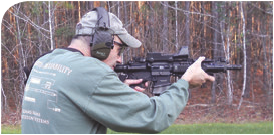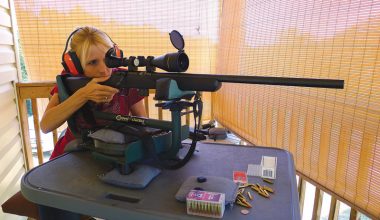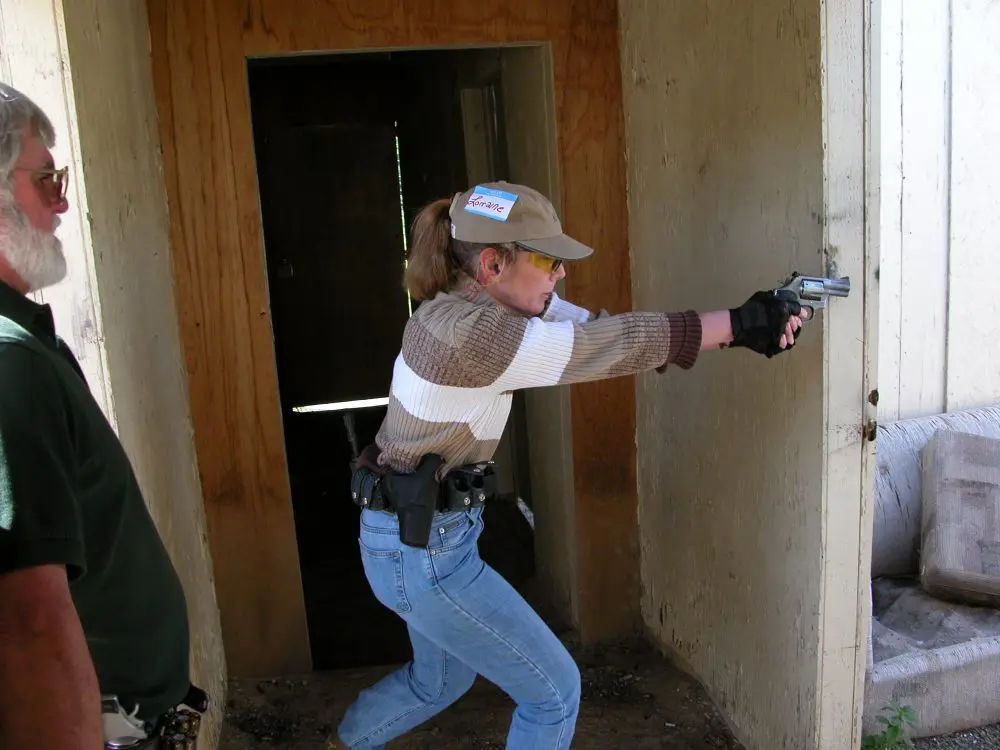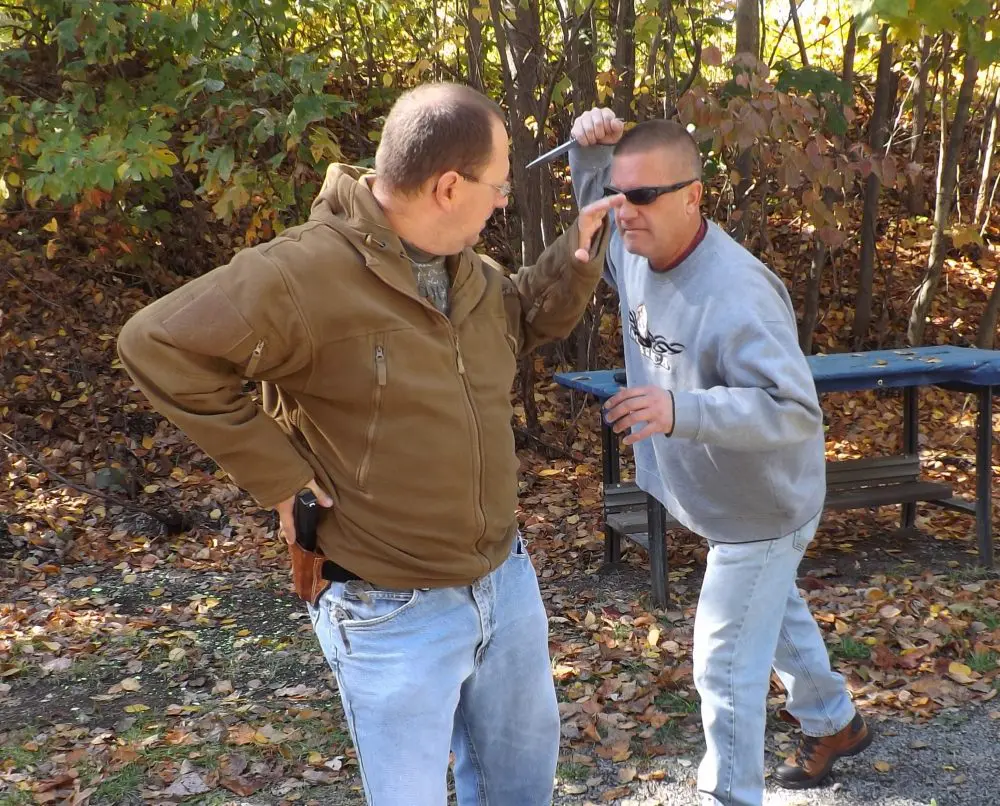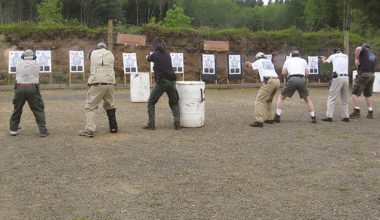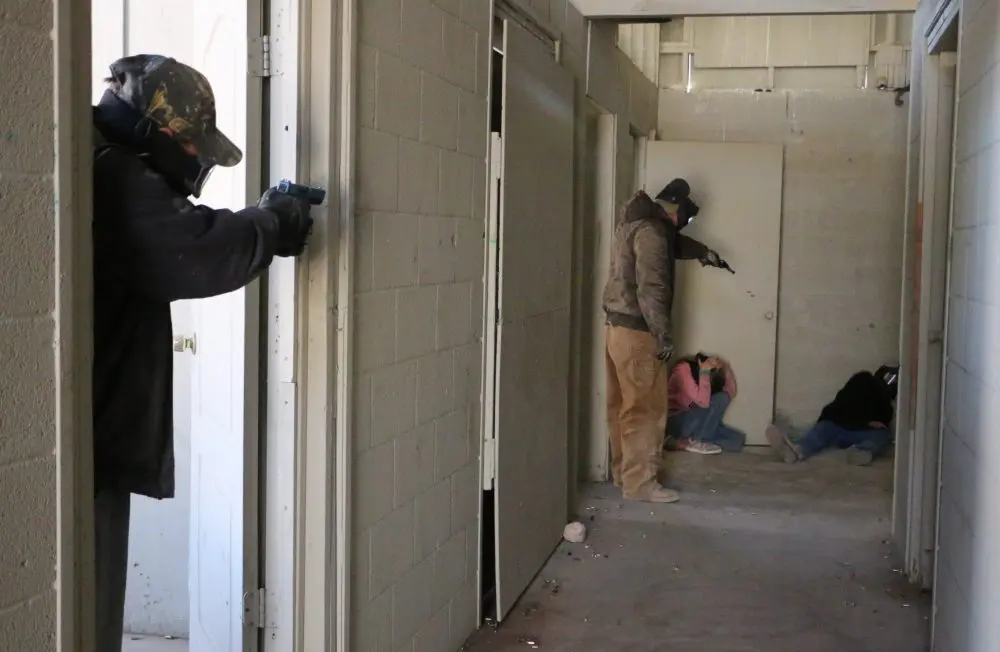What you wear and use at class should be directly related to what you are going to be doing, and nothing more. Guidelines for what to bring will usually be promulgated by the company/instructor teaching the class. This list may not be all-inclusive, but will serve as a good starting point. Your individual needs (consider physical issues and personal preferences) may well enter into the decision-making process too.
In addition to some basic requirements (eyepro, earpro, baseball-type hat), specialty classes may also require specific equipment (armor, helmets, night vision, enhanced optics, etc).
Consider that while a basic pistol class might require your carry holster, pistol and a way to carry two spare magazines, a carbine class will additionally require a long gun, means to carry four 30-round magazines, knee and elbow pads, and other mission-essential equipment.
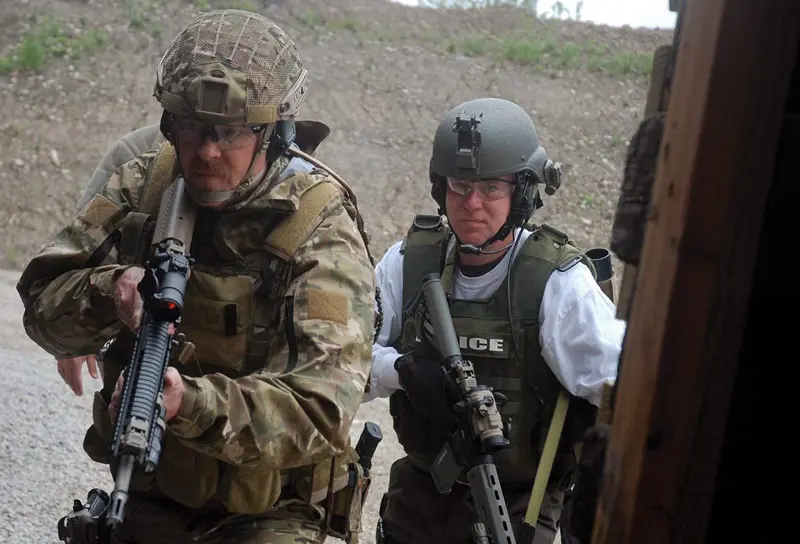
Table of Contents
INTERPRETATION ISSUES
Problems arise with the interpretation of the guidelines, as anything left to one’s interpretation may have left and right lateral limits exceeded by common sense. These will generally move to the excessive side, as some guys will show up outfitted like hairy-chested, steel-bellied commandos prepared to take out the Guns of Navarone.
In short, that generic equipment/ clothing list can turn into a Tactical Fashion Revue, making some look more like models in an Airsoft magazine than students who are seeking knowledge.
Don’t misconstrue what I’m saying. Some high-end companies, like Crye and Arc’Teryx, make high-end clothing that is not just suitable for hard-use wear, but made specifically for it. And consequently, it is used daily by a great many in the business. If you can afford it, go for it. It is not, however, necessary for most shooting courses.
Certain specialty classes may require you to have additional gear. Two that come immediately to mind are precision rifle and shoot-house classes.
And, as this article stems from what the other instructors and I at EAG Tactical have seen in recent shoot-house classes, I’ll specifically address those classes.
We require specific Personal Protective Equipment (PPE) for those in the shoot house. This is common sense, and while the acquisition of this PPE limits those who attend these classes, it also ensures that those who do attend have made a commitment to what they will be doing.
After receiving a large number of questions about what to wear, where to buy it, and how to use it, we figured that others might benefit from our observations.
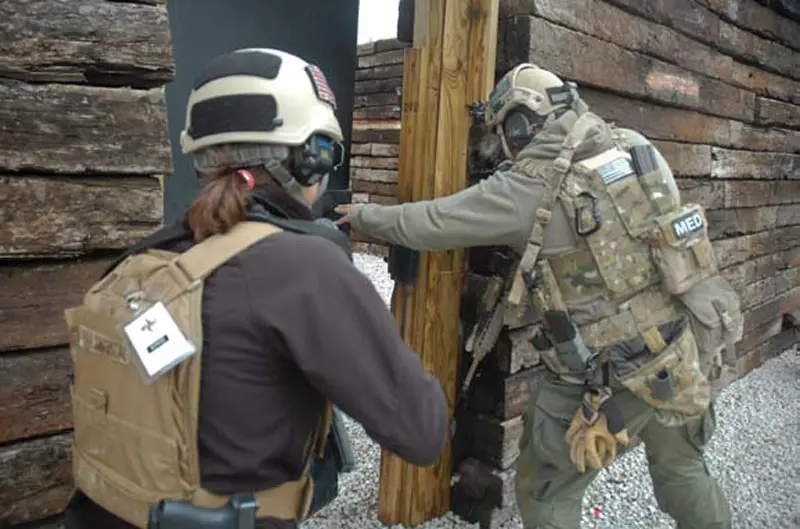
CLOTHING
Dress appropriately for the season. Comfortable, sturdy footwear will make life less miserable, and wicking-type shirts are recommended.
If you are doing breaching or using “bangs,” fire-resistant clothing is of course necessary.
HELMETS
We require ballistic helmets, and while exactly what you wear is up to you, there are some smart choices.
The original Kevlar helmet—the PASGT— was state of the art in the 1980s, but much better choices exist now. There are deficiencies with the PASGT. The poor suspension system can be rectified with an Oregon Aero or Team Wendy padtype system, but the size/reduced vision and aural issues make it less than ideal.
A step up is the MICH/ACH. Introduced in the military in the late 1990s, it is lighter in weight, has a vastly improved suspension system, and offers improved visual and aural acuity. In addition, it was designed to interface with comm systems.
At the high end of the helmet chain are the Ops-Core FAST Ballistic helmet and the Crye Air Frame.
These helmets are current state of the art, and while the cost is commensurate with that quality, they are also very stable (consider night vision devices here) as well as offering increased protection.
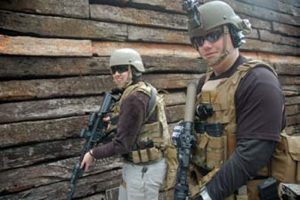
BODY ARMOR
A trend in the military has been away from larger/heavier/bulkier armor vests to more streamlined plate carriers—and for cause.
Plate carriers, when worn with appropriate soft armor, offer slightly less protection, but afford the user more mobility with less fatigue.
Cops assigned to tac units will more likely wear heavier and bulkier armor for a variety of reasons. These include that they will be running shorter duration missions in a permissive environment. They may also include poor research and purchasing protocols, the “we have always done it this way” syndrome and cost issues.
My guidance has always been that for those working in this business, bring and wear what you are issued. It may or may not be the best available equipment, but it is what you use.
The larger CIRAS and RBAV units are still very capable vests and offer a larger expanse of real estate for those requiring that. However, if you are buying and a plate carrier fits your mission requirement, it is a better choice.
Older standbys such as Eagle’s excellent plate carrier have been superseded by a newer generation of lightweight plate carriers.
Among those in the top tier are the Crye Jumpable Plate Carrier (JPC), Mayflower Low Profile Plate Carrier, and Blue Force Gear Lightweight Modular Armor Carrier (LMAC).
I have been using the Crye JPC for almost two years now and have nothing but praise for it. It is the right size and weight (approximately one pound empty) and fits my mission requirements exactly.
At EAG, we have not used the Mayflower design, but have seen a fair number of them come through class, and they have a strong following.
I’ve had a pre-production prototype of the BFG LMAC for a few months now, and have been providing it to students for use. The bottom line with the LMAC is that those who use it all want to purchase it at the end of the class. It should be in production by the time you read this.
A less expensive plate carrier is the U.S. PALM Defender. We have been loaning out two of these over the past year, and it provides an extremely useful option for those who don’t wear a plate carrier.
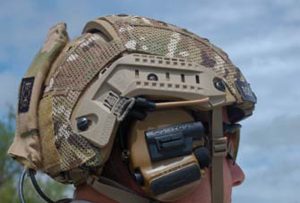
LOAD CARRIAGE
If you wear a war belt, try hard not to overload it. Redundancy is nice, but at what cost?
What you carry on your vest/belt is always subject to discussion. You can carry a lot and cover every eventuality, or you can minimize and carry only what you need. Each end of the spectrum has its champions. My belief is that overloading yourself unnecessarily will result in reduced efficiency while learning. I want to carry only what I need and no more.
THE LIST
Here is what would serve you well at an EAG Tactical shoot-house class:
- Ballistic helmet
- Eye and earpro
- Serviceable plate carrier, with either standalone rifle plates or inconjunction plates and soft armor
- Ability to carry three carbine mags and one pistol mag on your body
- Blow Out Kit (BOK) including a tourniquet
- Handheld white light
- Multi-tool
These classes are not ammunition intensive. They are a thinking man’s class. You can draw an analogy to a game of chess with geometry thrown in. You will not be training to fight a Zombie War….
You may want to add additional tactical jewelry, but consider carefully the difference between want and need. What you want may needlessly weigh you down and/or complicate your manipulations.
If you are not used to wearing a plate carrier and helmet, you may be in for a surprise. That helmet—depending on the type—may interfere with your shooting positions, give you an industrial- strength headache, or cause your brain-housing group to overheat.
The plate carrier/vest may restrict movement and alter the way you shoulder your carbine. It will also present issues when handling magazines and other support gear.
If you decide to come to a class like this, make sure you are intimately familiar with what you are using. Understand that anything you add to or delete from your gear will affect you in some way, size, shape or form.
Run your gear well before you go to class with it—this will save you a lot of grief in the long run.
